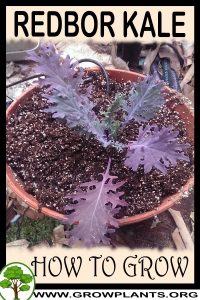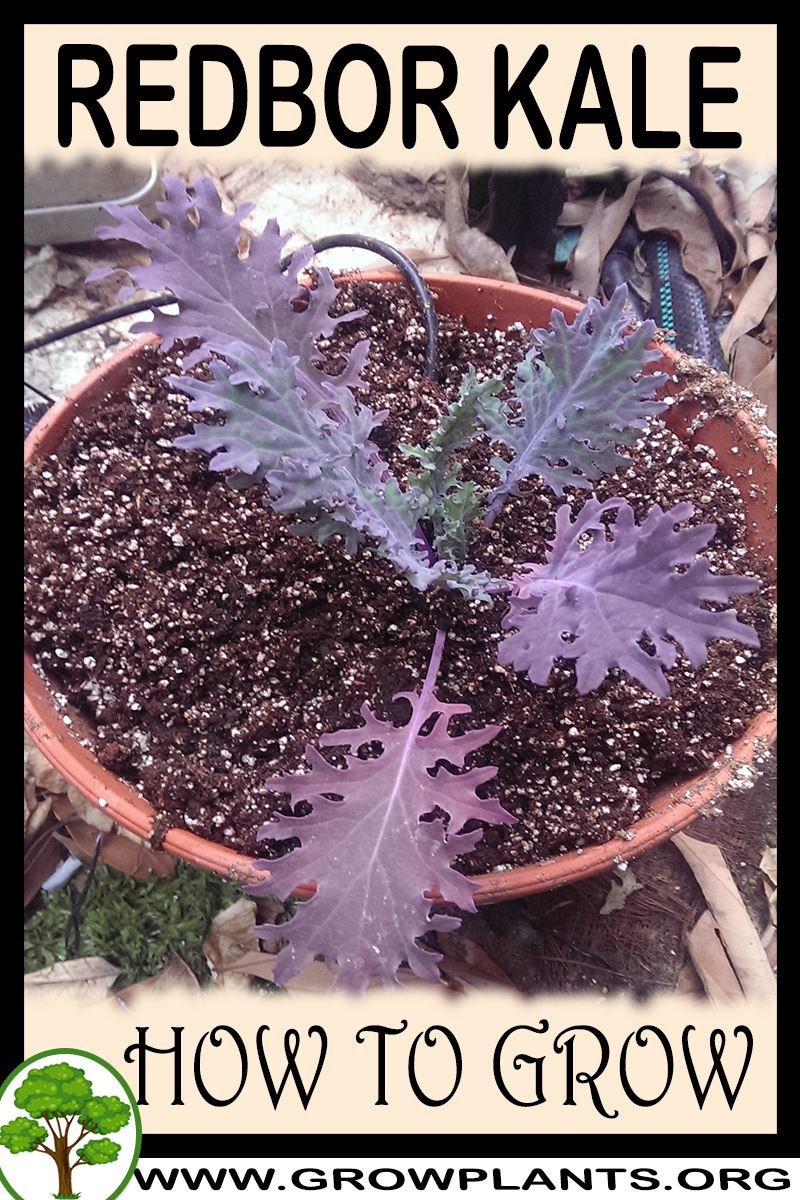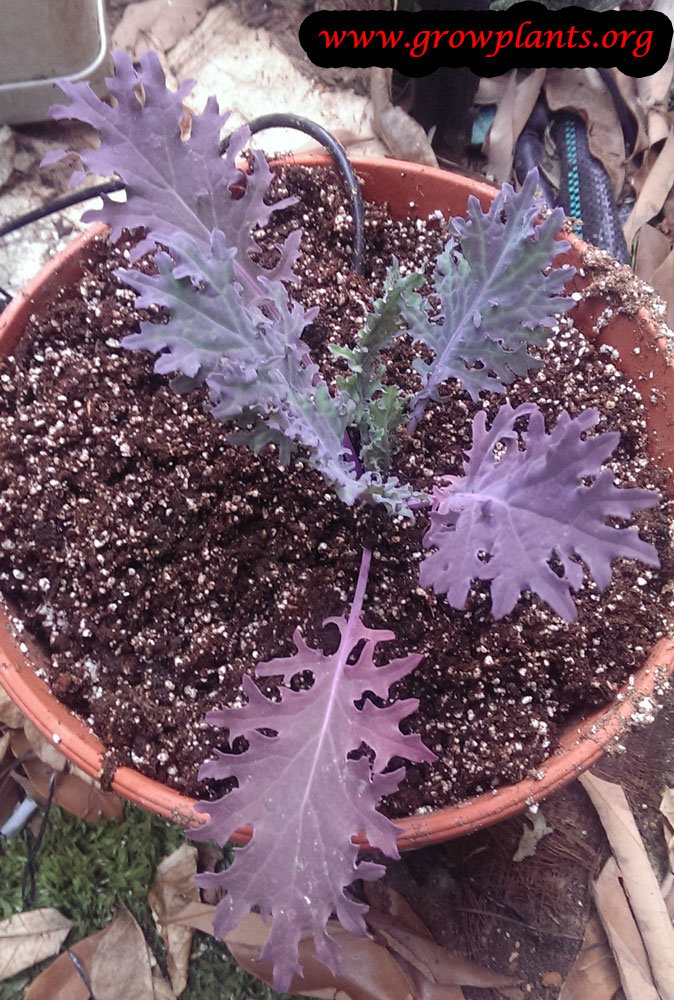
Redbor kale grow and care – leaf plant variety of Kale, Redbor kale annual plant also used as ornamental plant, can grow in temperate, subtropical or mediterranean climate and growing in hardiness zone 2-10a spring planting 10a-11 in autumn planting.
Redbor Kale leaves
Leaves color can be: bright purple, sometimes green, purple green or turquoise purple.
Flower color yellow, the small flowers grow on inflorescence.
Redbor Kale for sale – Seeds or Plants to Buy
How to grow Redbor Kale growing and care:
Rich soil that’s been well fertilized Clean Larvae from the leaves
What is the best way to start growing?
Plant / Seedling / Seed
Is it necessary to graft or use vegetative reproduction?
No
Difficulties or problems when growing:
Sensitive to hot temperature, white butterfly can eat a lot of leaves and cause irreversible damage
Planting season:
Spring / Autumn / Winter
Pests and diseases:
Pieris (butterfly), prodenia (Spodoptera)
Pruning season:
When it’s start to bloom unless you want the seeds
How to prune:
Prune the beginning of the inflorescence
Size of the plant?
10-50 cm, 4-20 inches
Growth speed in optimal condition:
Fast growing
Water requirement:
Average amount of water / Big amount of water
Light conditions in optimal condition for growing:
Full Sun / Half Shade
Is it possible to grow indoor as houseplant?
No
Growing is also possible in a planter /flowerpot / containers:
Yes
Blooming information
Bloom season:
Summer / Autumn
General information about the flower
Small yellow flowers grow on inflorescence
Thinning the bloom:
Unless you want to save the seeds recommend thinning
Pollination is done by:
Bee and butterfly
Grow from seeds
Sowing requirement:
Planting when it’s started to be cold
Saving seeds until sowing:
Dry, Cold temperature
Sowing season:
Spring / Autumn / Winter
Planting spacing:
30-50 cm
Depth of Sowing:
0.5-1.5 cm
Conditions for seeds germinate:
Moist, well-drained soil
Watering requires for Seeds:
Big amount of water
Germination time:
7-20 days
Condition of seedling:
Fertilized ground, light shade, regular watering, and cold temperature
Do the seeds require burying?
No
Edible leaves
Leaves harvesting season:
Autumn –winter in warm climate because the leaves can be bitter, most of the year in cold climate
How to harvest the leaves?
Trim in the base of the leaf
Information about leaves:
Leaves size 15 to 30 cm, edge of the leaf serrated, leaves colors can be: green to dark purple
Uses of Redbor Kale leaves:
Eaten raw, Salad, Used for cooking
Scientific name:
Brassica oleracea – Acephala Group
Categories
| Blooming Seasons |
|
|---|---|
| Edible Parts |
|
| Culinary uses |
|
| Flower colors |
|
| Climate |
|
| Harvest Season |
|
| Leaf color |
|
| Ornamental parts |
|
| Plant growing speed |
|
| Plant life-form |
|
| Plant Uses |
|
| Planting Season |
|
| Plants sun exposure |
|
| Watering plants |
|
| Hardiness zone |
|



